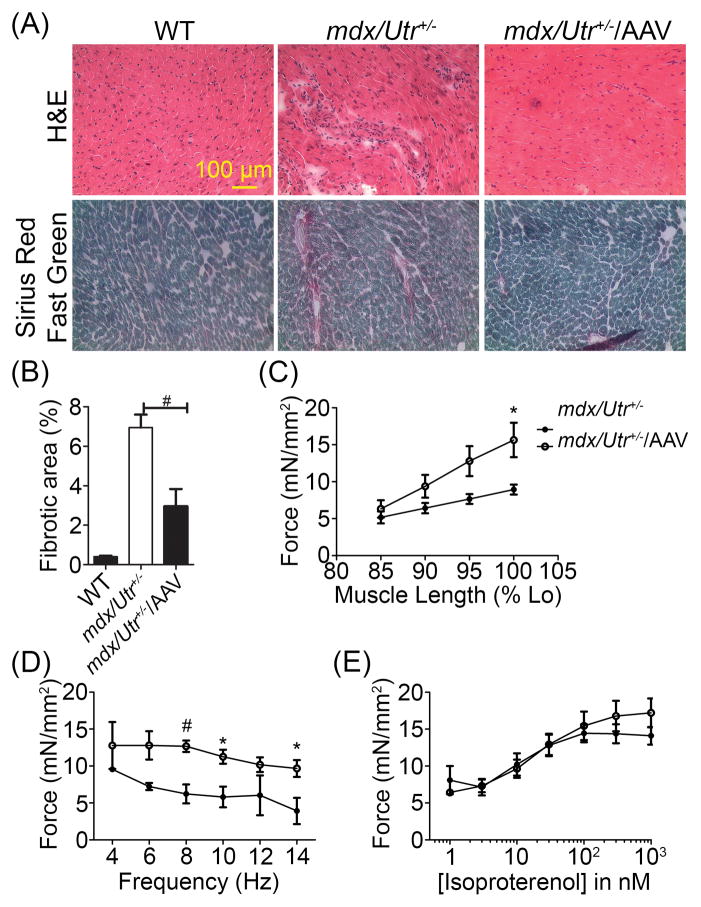Figure 4. Functional restoration of cardiac contractility after in vivo genome editing.
(A) Upper lane: H&E stained WT and mdx/Utr+/− heart cryosections with or without AAV-SaCas9/gRNAs. Lower lane: Sirius Red/Fast Green stained WT and mdx/Utr+/− heart cryosections with or without AAV-SaCas9/gRNAs (N≥3 per group). (B) Quantitative analysis of fibrotic area from Sirius Red/Fast Green stained mdx/Utr+/− heart cryosections with or without AAV-SaCas9/gRNAs (N≥3 per group). (C) Length-dependent activation of heart contractility evaluated by recording the contractile parameters at 85, 90, 95, and 100% of optimal length (N=5 for untreated mdx/Utr+/− and 6 for AAV-mdx/Utr+/−). (D) The force-frequency response measured at optimal length by adjusting the stimulation frequency from 4 to 6, 8, 10, 12 and 14 Hz (N=4 for untreated mdx/Utr+/− and 6 for AAV-mdx/Utr+/−). (E) β-adrenergic responsiveness in mdx/Utr+/− mice with or without SaCas9/gRNA-AAV (N=5 for untreated mdx/Utr+/− and 6 for AAV-mdx/Utr+/−). # p ≤ 0.01 and * p ≤ 0.05.

